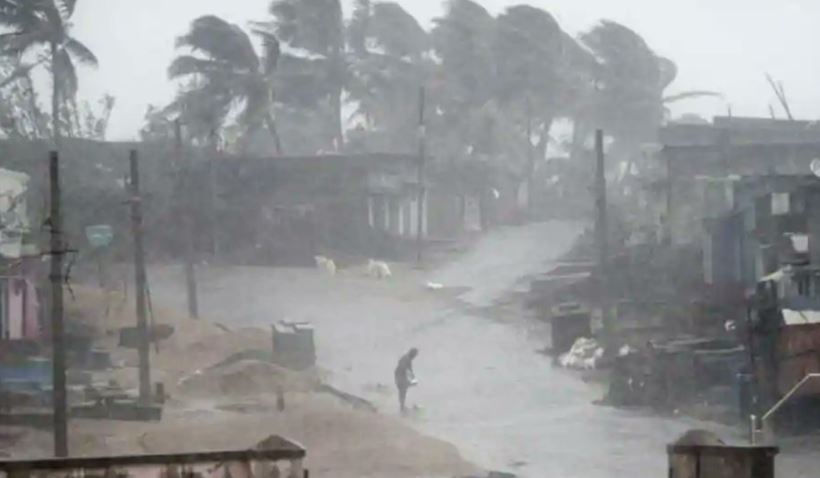‘An Early Warning Success Story,’ says New York Times

Bhubaneswar: An article in the New York Times (NYT) on Saturday praised the Odisha Government for its disaster preparedness initiatives which helped to contain the death toll from cyclone Fani within single digit.
Several other organisations and international bodies including the United Nation’s agency for disaster reduction also hailed the pin-pointed and on-time forecast of the Indian Meteorological Department that limited loss of life.
The catastrophic cyclone has, however, caused large-scale damage to properties and uprooted lakhs of trees, and as per initial assessment the economy along the coast has been pushed back by 10 years.
The NYT article titled How Do You Save a Million People From a Cyclone? Ask a Poor State In India’ talked about the pre-Fani preparations initiated by the Naveen Patnaik Government with the focus on ‘zero casualty’.
Even as the category 4 storm pummelled the State packed with a wind speed of close to 200 kmph, the article said only a few deaths were reported.
It’s an “early warning success story”, it declared.
“The government authorities in Odisha, along India’s eastern flank, hardly stood still. To warn people of what was coming, they deployed everything they had: 2.6 million text messages, 43,000 volunteers, nearly 1,000 emergency workers, television commercials, coastal sirens, buses, police officers, and public address systems blaring the same message on a loop, in local language, in very clear terms: “A cyclone is coming. Get to the shelters.”
“It seems to have largely worked. Cyclone Fani slammed into Odisha on Friday morning with the force of a major hurricane, packing 120 mile per hour winds. Trees were ripped from the ground and many coastal shacks smashed. It could have been catastrophic” the article said.
The description of Odisha as a poor state, however, did not go down well with the netizens as hundreds took to Twitter deriding the newspaper for being a typical stereotype when it comes to reporting about India and Odisha in particular.
Nonetheless, the article was shared, liked and retweeted in thousands for its admiration of the Odisha Government for its proactive involvement in dealing with the situation.
Earlier, the UN had praised the Odisha Government for its zero casualty approach in handling earlier cyclones such as Philine and Hud Hud.
During the 1999 super cyclone, an estimated 10,000 people had lost their lives. This had brought disaster preparedness at the centre of the State Government’s attention.

Comments are closed.